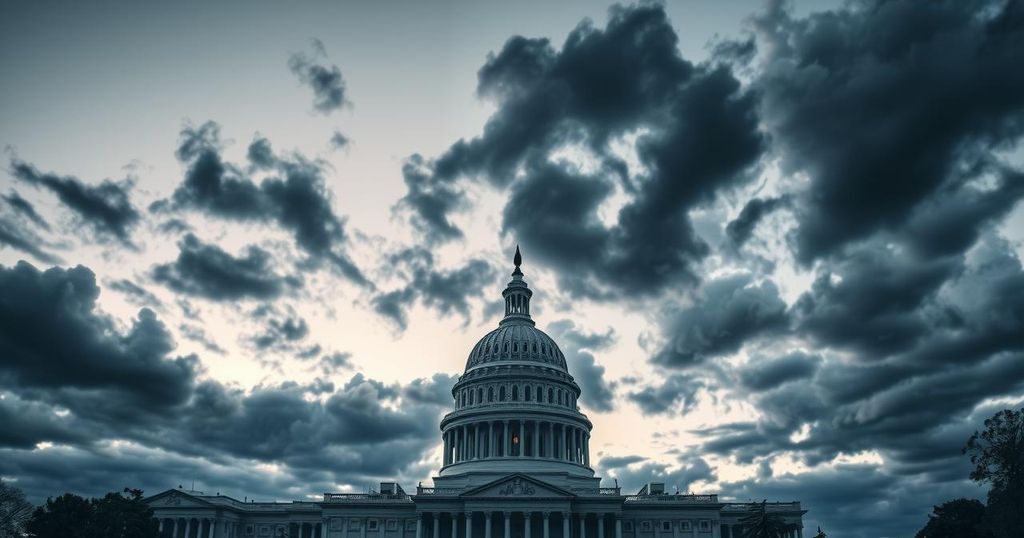Congress Faces Deadline as Potential Government Shutdown Looms
- Funding deadline looms again as March 14 approaches for Congress.
- Previous government shutdowns have hurt the economy significantly.
- House passed a continuing resolution but Senate approval is uncertain.
- Essential services remain operational during government shutdowns.
- Political leverage is a common tactic used around funding deadlines.
Crunch Time for Congress Amid Funding Deadline
Congress finds itself in a tight spot as the deadline to fund the government inches closer—March 14 is looming ever nearer. Lawmakers must wrap up negotiations by the end of the day on Friday, or risk the dreaded threat of a shutdown that has, so often, cast a shadow over Washington politics. The House already greenlit a temporary funding solution earlier this week, famously called a continuing resolution, but the Senate’s position remains uncertain, with some Democrats hesitating to support the measure designed by their colleagues across the aisle.
Understanding the Risks of Government Shutdowns
A government shutdown occurs when Congress fails to extend funding for federal agencies, leading to a halt in nonessential functions that can cause mayhem across the country. Essential services, like air traffic control and law enforcement, remain operational, yet workers find themselves in dire straits, going without pay until a resolution is reached. Historically, both sides of the aisle have used these funding deadlines as strategic leverage, a gamble that can have significant economic and political repercussions—last year’s lapse saw a staggering loss of approximately $3 billion, something nobody can afford to overlook.
Negotiations Heat Up as Deadline Approaches
This week is pivotal for Congress to avert a shutdown—both the House and Senate must agree on a stopgap measure, which could extend funding and buy some breathing room. House Republicans introduced a plan prioritizing hefty defence spending and increased resources for veterans, while trimming down non-defence allocations. Despite the House’s swift passage of the measure with strong Republican support, Senate dynamics are trickier; they require both Democratic backing and the need to rally at least eight votes from across the aisle to clear the 60-vote threshold, creating a rather precarious situation for all involved.
In summary, the pressure is mounting on lawmakers to reach an agreement and fund the government before the March 14 deadline. The spectre of government shutdown looms if both the House and Senate fail to cooperate effectively. As negotiations evolve, both funding needs and political strategies remain ever pivotal in this ongoing saga.




